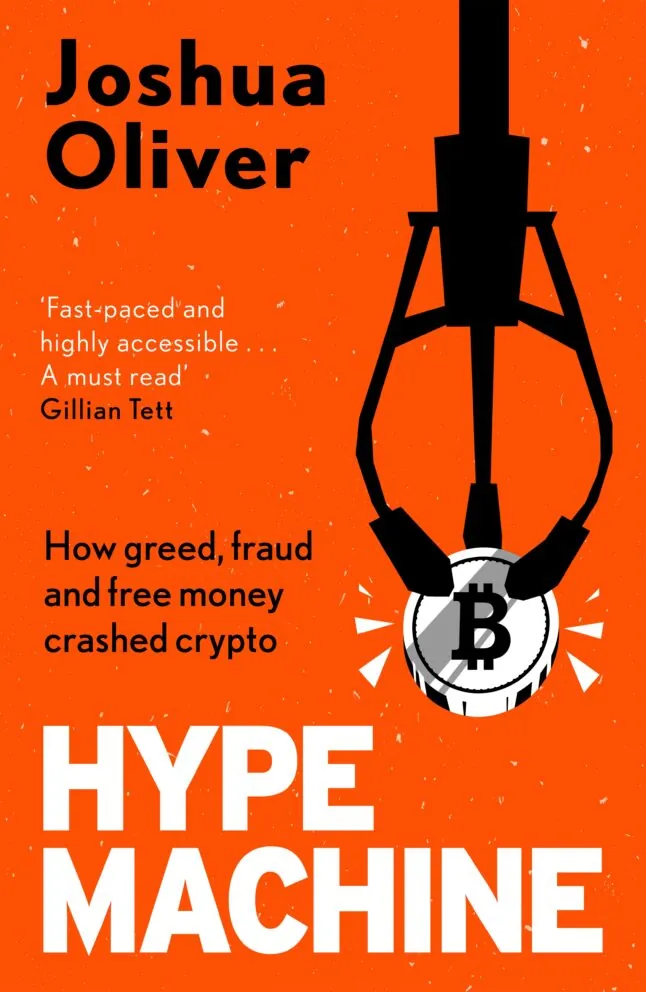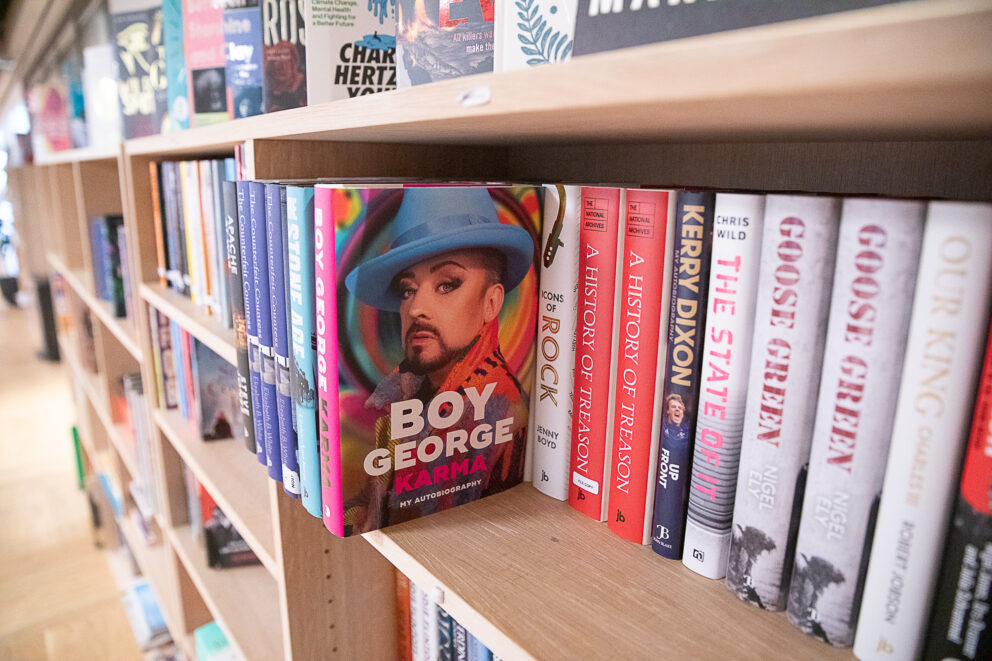‘A gripping real-life financial thriller’, Hype Machine lifts the lid on crypto’s rise and fall. FT journalist Joshua Oliver’s book invites you deep inside the crypto circus and offers ringside seats to the fraud trail of the decade and the conviction of enigmatic ringmaster Sam Bankman-Fried. Read an excerpt below…
Crypto is known as a boom-and-bust business. The hungry entrepreneurs who dived into crypto in the 2017 boom, sharks from the world of traditional finance, knew that at some point a new wave of enthusiasm for crypto would push the minnows into their jaws.

When the wave came, it was a tsunami set off by an unexpected earthquake. The global economic crisis following Covid-19 forced governments to open the taps of free money like never before in history. After the first shocks of Covid had passed, most people in Western economies actually had more money in their pockets. We were locked down. We were bored. The economic future was uncertain. And the interest rates in traditional finance were as low as they could go. It was the perfect moment for crypto.
The total value of crypto expanded from around $250 billion in early 2020 to a peak of nearly $3 trillion by late 2021. The value of all those assets was still for the most part based on nothing. You still couldn’t look at a Bitcoin and tell me what it ‘should be’ worth, except for the price that the next person would pay to buy it. When more people bought crypto, prices went up. As the prices went up, even more people thought, ‘I don’t want to get left behind by this crypto thing.’
In the US, the portion of the population that had ever moved money into crypto rose from 3 per cent in 2020 to 13 per cent by June 2022. By that summer, 5 million people in the UK owned crypto, nearly a tenth of all adults, half of whom had made their purchase in the previous year. On top of Covid and macro-economics, the hype machine that drove the crypto bubble was fuelled by a lot of good old-fashioned marketing. Companies splashed hundreds of millions on celebrity endorsements, social media influencers, sports sponsorships and advertising campaigns to tell the world that crypto was something new and different. Crypto ads were on the side of double-decker buses in London and played at the Super Bowl.
The reason the crypto industry spent so lavishly on marketing is that the entire operation of the crypto machine depended on a steady influx of new customers and new money. Enthusiasm, emotion, atmosphere – what people now call ‘vibes’ – play a role in all financial markets. But in crypto, the level of hype is the only predictor of where prices will go. Crypto is a vibes-based financial market. And in 2021, the vibes were great.
More buyers increased prices, which encouraged more buyers. The more people bought and traded crypto, the more money exchanges made from fees. More crypto depositors meant more business for the lenders, and more assets that they could lend out to the big traders. Having lots of new traders in the market meant that big, professional trading firms could make more money by screwing over the amateurs. Carol Alexander, a professor of finance at the University of Sussex, said big exchanges use promotions and offers to reel in more DIY traders. ‘This way, they feed these little ordinary fish to the professional sharks which dominate their trading platforms,’ she said.Each cog in the crypto machine lifted money out of the pockets of ordinary people and handed it to a small crypto-financial elite. And for a short period, the crypto elite made out like bandits. Apparent profits were easy to come by and the spectacle of wealth creation was magnetic.
It couldn’t last. Jeremy Allaire, chief executive of the company Circle and a major figure in the crypto industry, said: ‘An inordinate amount of the “value created” during the past bull market was almost entirely speculative in nature.’
Still, for a while, lots of people thought that they were rich. It is easy to see crypto assets as sort of ethereal, and to conclude that because they don’t make sense they must not be real. But for as long as the crypto bubble remained inflated, digital assets were as real as any other. People could, and did, cash them in for dollars and buy Lamborghinis, houses, yachts and pizzas. Luxury cars became a sort of icon of the newly crypto-rich. ‘Buying a Lambo’ was a cultural totem for striking it rich, even if Sam Bankman-Fried burnished his image as the acceptable face of crypto by driving his Toyota Corolla. In all the excitement, people seemed to think the orgy of easy money might last forever.
Then, in just a few months in 2022, a couple of trillion dollars that crypto’s temporary winners thought was theirs to keep evaporated as quickly as it had appeared.
Joshua Oliver’s Hype Machine is out now with Heligo Books.


